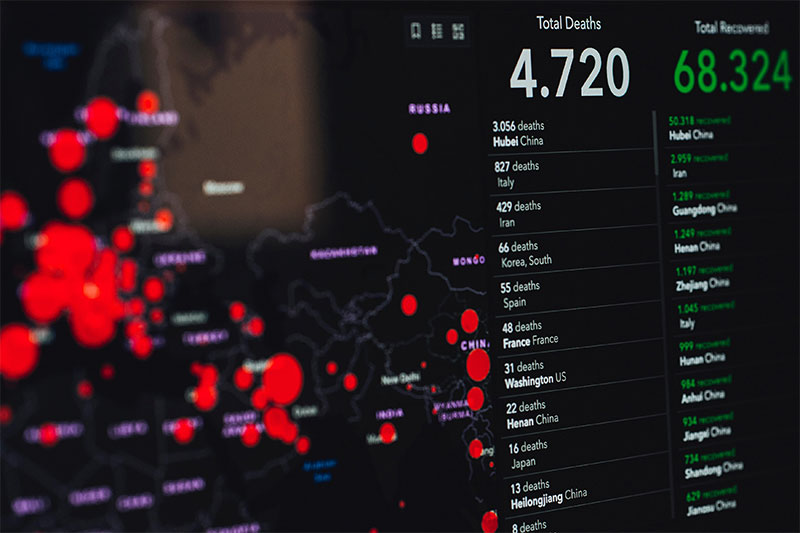It’s important to stay well-informed and up-to-date about coronavirus symptoms, facts and myths so that we can all do our part to flatten the curve. Here’s our rundown of what you need to know.
With so much information circulating about COVID-19, the disease caused by the new coronavirus, it’s important to cut through the noise and zero in on the facts. We’ve gathered all the facts about coronavirus from trusted sources such as the World Health Organisation (WHO), and the myths you need to watch out for.
Coronavirus Symptoms
The most common symptoms of COVID-19 are:
• Fever
• Tiredness
• Dry cough
Other symptoms can include:
• Shortness of breath
• Sore throat
• Aches and pains (like headaches, muscle pain)
• Chills
• Repeated shaking with chills
• New loss of taste or smell
• Diarrhoea, nausea, and runny nose (less common)
Emergency symptoms that will require immediate medical attention include:
• Persistent pressure or discomfort in the chest
• Difficulty breathing
• Confusion or disorientation
• Bluish lips or face
*Please note that this list is not all-inclusive. Please consult your medical provider for any other symptoms that are severe or concerning to you.

What is the incubation period for COVID-19?
According to the Centers for Disease Control and Prevention, symptoms may appear 2-14 days after exposure to the virus.
The average incubation period for COVID-19, meaning the length of time it typically takes for a person to begin showing symptoms, is about 5 to 6 days, but it can take up to a total of 14 days. So if you came into contact with someone who might have coronavirus, it is your responsibility to self-isolate for 14 days.
Is coronavirus an airborne disease?
While coronavirus is not exactly classed as such, it’s a little more complicated than that. COVID-19 spreads via respiratory droplets, meaning when an infected person coughs or exhales, aerosol particles can linger in the air – which is why it is essential to keep a distance of at least 1 metre (3 feet) between people while practising social distancing. These respiratory droplets can remain on surfaces and objects for varying periods of time, which is why washing your hands often, especially if you’ve been in public places, is paramount to flattening the curve.

What does asymptomatic mean? Can asymptomatic carriers spread coronavirus?
‘Asymptomatic’ refers to a patient who has been exposed to an illness or is sick but doesn’t have any symptoms. Since this is a virus that spreads mainly via small respiratory droplets through sneezing or coughing, the likelihood of contracting the disease from someone who is asymptomatic is relatively lower. That being said, in the early stages of coronavirus, it has been reported that only mild symptoms manifest, which stresses the importance of staying home if you feel at all unwell. You never know who you could be putting at risk.

What can I do to protect myself from coronavirus?
Firstly, staying home whenever possible is the most effective way to lower your chances of contracting COVID-19. Other common tips include:
• Avoid touching your eyes, nose and mouth
• Wash your hands with soap and water
• Wear a mask to prevent the spread of respiratory droplets (this also helps you avoid touching your face)
• Disinfect your phone, wallet, keys and other objects you often touch
Also, it’s important to note that wearing gloves is said to be ineffective when it comes to stopping the spread of germs because any germs that come into contact with your gloves will spread to anything else you touch thereafter – which is why frequently washing your hands with soap and water will always be your best bet.
This article was last updated on 22 April 2020.
Related Articles
COVID-19: A Comprehensive Guide to Face Mask Hygiene
Houseparty: The Viral Video Alternative to Zoom Amidst COVID-19?





